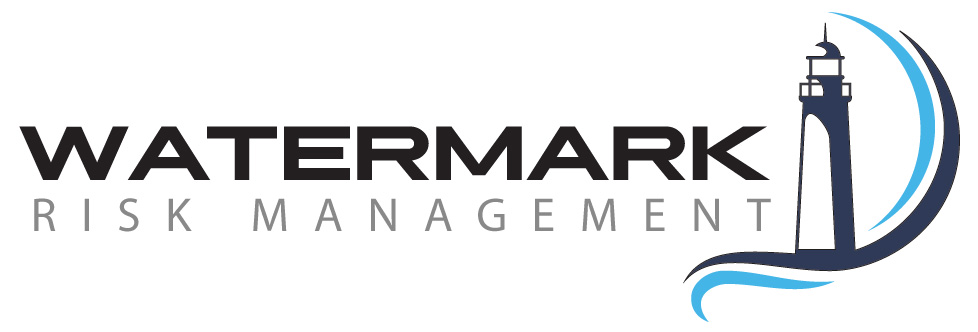by Dr. Jenni Hesterman
When planning the handling of emergencies and crisis in the workplace, consider using your smartphone as virtual assistant and even a life-saving tool.
“Your smart phone has more computer power than all of NASA back in 1969, when it placed two astronauts on the moon.” ~Dr. Michio Kaku, American Physicist and Futurist
When planning how you will handle emergency situations and crisis in the workplace, you should consider leveraging the power contained in the modern smartphone. This device can be used as virtual assistant, a sophisticated communication platform, and even a life-saving tool. For instance, during the 2010 violent earthquake in Haiti, a victim trapped in the rubble used iPhone apps to save his life. Pinned down for 65 hours in the lobby of his Port-au-Prince hotel, Dan Woolley used information from an iPhone first-aid app to make a tourniquet for his fractured leg, and to slow the bleeding from his head wound. He used his camera to take pictures of his wounds then zoomed in to assess the extent of his injuries. His flashlight app had a beacon and siren that was used to alert rescuers to his position. (Katz 2010).
At the very least, there is a psychological aspect to victims feeling in control, able to communicate with the outside, and participate in self-care as opposed to feeling panicked or losing the will to fight.
The following list of free applications is not all-inclusive, but rather a select few recommended by law enforcement, first responders, and emergency response experts. Naturally, even smart devices have limited bandwidth, so some of these apps will likely be more helpful than others. It’s a good idea to encourage your co-workers, family, and friends to take a look at these apps and download those that will help them communicate and survive during a crisis.
- 311 App for your city
- 5-0 Police Scanner
- 911 Toolkit
- Accuweather
- Bomb Threat Standoff
- Broadcastify
- Bugle
- CDC Blast Injury
- CitizenAid
- Close Call
- Compass
- CPR and Choking
- Disaster Alert
- Echolink
- Emergency Radio (scanner)
- Emergency Response Guidebook
- Emergency Survival Handbook
- Facebook (To mark yourself “safe” in an emergency)
- FEMA
- FieldFacts
- First Aid by American Red Cross
- Flashlight with SOS and beacons
- GasBuddy
- Go-ToAid
- GPS
- GuardlyMobile
- HazMat Reference
- IceBlueButton
- iPhone Tracking
- iStethoscope
- iTriage
- iWrecked
- KiteString
- KnowYourPlan
- Life360
- ManDown
- Mobile REMM
- MyRadar
- NextDoor
- NOAA
- Notepad
- OffLine Survival Manual
- palmEM Emergency Medicine
- Pet First Aid (Red Cross)
- Pocket First Aid
- Police Siren (scare away intruders, signal for help)
- PuslePoint
- Radar Scope—weather app
- RedPanicButton
- Red Cross Emergency
- Reunite
- Responder Self-Care
- SafeTrec
- Shelterview
- Shotspotter
- Smart911
- Social Alert
- StormRadar
- Twiage
- Waze Traffic
- WeatherUnderground
- Weather Channel
- WikiHow
- Wiser—HazMat
- Zello
The Red Cross also offers a selection of helpful apps, which can be used to prepare for and respond to emergency situations: http://www.redcross.org/get-help/how-to-prepare-for-emergencies/mobile-apps
Several apps help educate those in stressful situations, providing easy, data-driven instructions that could possibly save their life. Military and civilian medics in the UK developed the CitizenAid app following the Paris event to help people survive a mass casualty incident if first responders are delayed. If the user is in an emergency, clicking on the “I’m in a Live Incident” button provides a host of services including information about what to do in specific situations such as active shooter, knife attacker, bombs, and vehicles as a weapon. Medical advice is also provided including stopping bleeding, tourniquets, CPR, and opening airways. See www.citizenaid.us for more information.
In case of a communication outage, it’s important to keep a note on your phone that lists everything you need to know in case of an emergency including relevant names, phone numbers, and addresses. If you are traveling abroad, screen shot a map with the location of the closest U.S. Embassy in case you must travel there on foot. Remember cell service may be limited during a crisis. Several smartphone apps mimic the walkie-talkie experience of instant push-to-talk communication. Free apps include iPTT, TiKL Touch Talk Walkie-Talkie, Voxer, and HeyTell.
Companies are also developing apps users can purchase to access password-protected information and secretly communicate. For example, Spot-on allows for silent, two-way communication. Many schools are now asking staff to download Spot-on, as they can discreetly transmit messages notifying first responders of their location during an active shooter scenario. This app also allows staff to send pictures from the scene to assist in recovery operations.
Need Help Figuring Out How to Incorporate Technology into Crisis Preparedness?
Contact us! The experts at Watermark are experienced in crisis preparation, response, and recovery. We’ve managed every type of situation from natural disasters to fires, floods, active shooter, hostage situations, and more. We can help you learn how to leverage technology to assist you in an emergency situation. Don’t hesitate to contact us for advice or to formulate a plan for your organization.




Leave a Reply